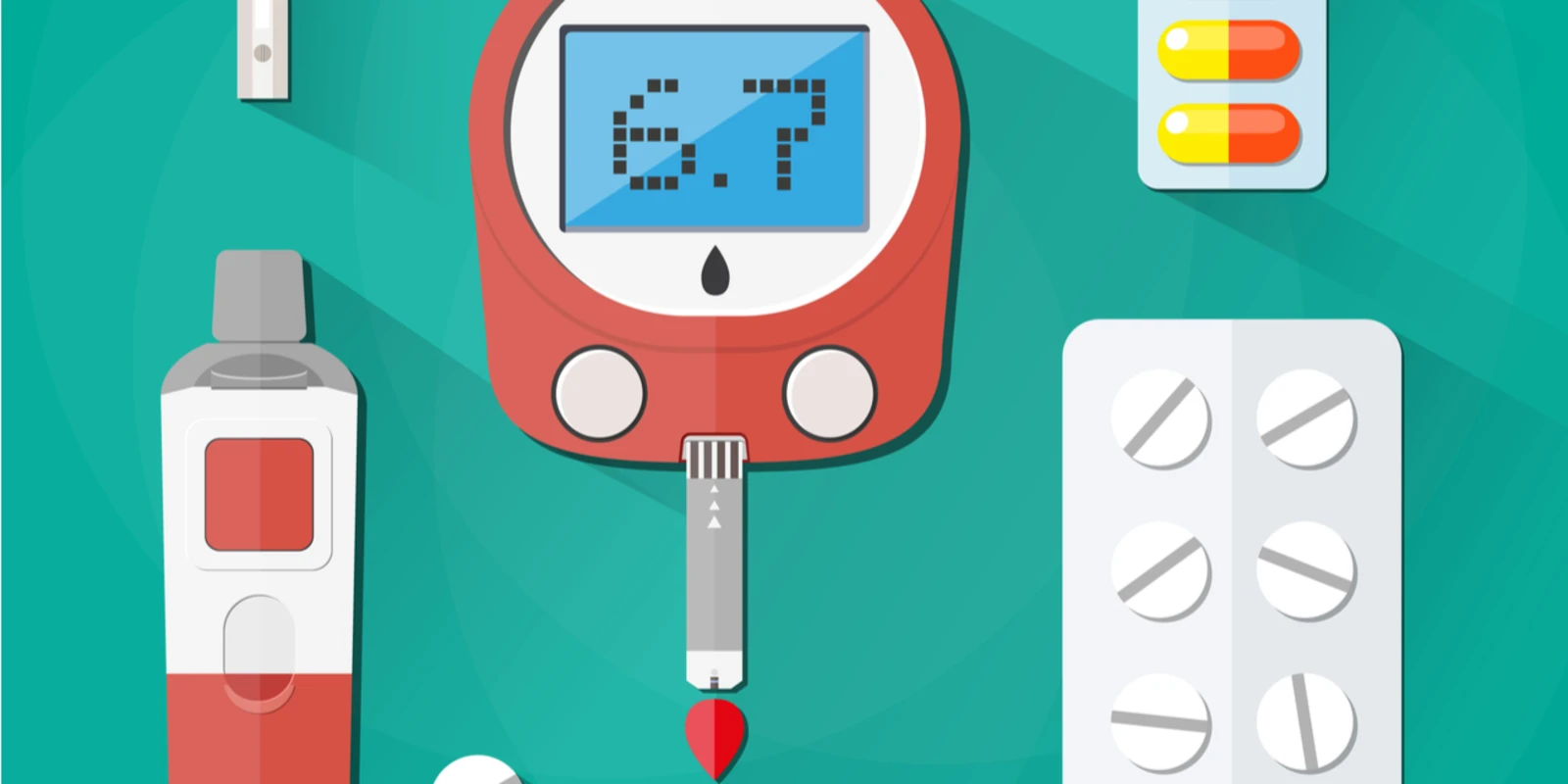
This past summer, the Centers for Disease Control and Prevention (CDC) reported that over 100 million Americans, more than 30% of the population of the United States, has either diabetes or pre-diabetes. November was National Diabetes Month and the holiday season is here. The inevitable and previously-studied holiday weight gain will befall many of us all shortly, potentially getting us all a little closer to metabolic syndrome than we would like to admit. So, there is no better time than now to take a look at some of the latest diabetes research updates
Evidence for brain glucose dysregulation in Alzheimer’s disease
Alzheimer’s & Dementia
In a study sponsored by the National Institute of Health (NIH), researchers at the National Institute of Aging found that higher blood glucose levels in the brain contribute to glucose dysregulation that can cause more severe Alzheimer’s disease pathology. The research team looked at autopsy brain tissue samples from participants in the Baltimore Longitudinal Study of Aging and measured blood glucose levels in different parts of the brain in both participants with and without Alzheimer’s disease. Compared to healthy control participants, participants with Alzheimer’s had lower rates of glycolysis and higher brain glucose levels. These correlated with more severe Alzheimer’s pathology such as worse plaques and tangles in addition to overt expression of Alzheimer’s disease symptoms. Glucose uptake in the brain occurs via a glucose transporter protein in neurons known as GLUT3, and compared to normal brains, researchers found that brains with Alzheimer’s features had lower levels of GLUT3 — another feature that correlated with the severity of Alzheimer’s pathology. With regards to serum blood glucose levels, the research team noted higher increases in blood glucose levels years before death correlated with higher brain glucose levels at death. This study sets the stage for the importance of ongoing research into the diabetes and Alzheimer’s connection.
Long-Term Sustainability of Diabetes Prevention Approaches
JAMA Internal Medicine
The worldwide spread of diabetes is no secret, so researchers at Emory University decided to dig into years of research to determine the long-term effects of different diabetes prevention methods. In a recent meta-analysis and systematic review published in JAMA Internal Medicine, researchers looked at randomized clinical trials between 1990 and 2015 that evaluated lifestyle modification and medication interventions for adults at risk for diabetes. Forty-three studies, with a total of 49,029 participants, were included in the meta-analysis. While both medication and lifestyle interventions were found to reduce diabetes incidence, compared to medication interventions, lifestyle modifications were associated with sustained relative risk reduction for several years. While this lifestyle effect ultimately did wear down with extended time, the medication interventions were very much more short-lived in comparison.
Long-Term Trends in Antidiabetes Drug Usage in the U.S.: Real-World Evidence in Patients Newly Diagnosed With Type 2 Diabetes
Diabetes Care
Over the past several years, a multitude of agents have been released for diabetes treatment. In fact, the type 2 diabetes treatment algorithms generated by the American Association of Clinical Endocrinologists (AACE) encompass twelve different medication classes: ranging from well-known medications, such as insulin and metformin, to the latest classes of medications, including SGLT-2 inhibitors and incretin-based therapies. Despite this breadth of options and persistent difficulty in achieving target glycemic control , a recent study published in Diabetes Care found that the latest anti-diabetic drugs have not found their way into mainstream practice. The study team looked at temporal trends in diabetes medication prescriptions and treatment intensification patterns in patients across the U.S. with type 2 diabetes, 18–80 years of age, from 2005 to 2016 by investigating Centricity Electronic Medical Records. The results showed that that second-line therapy after metformin was most commonly sulfonylureas.
Farah Naz Khan, MD, is a 2018 Doximity Scholar.







